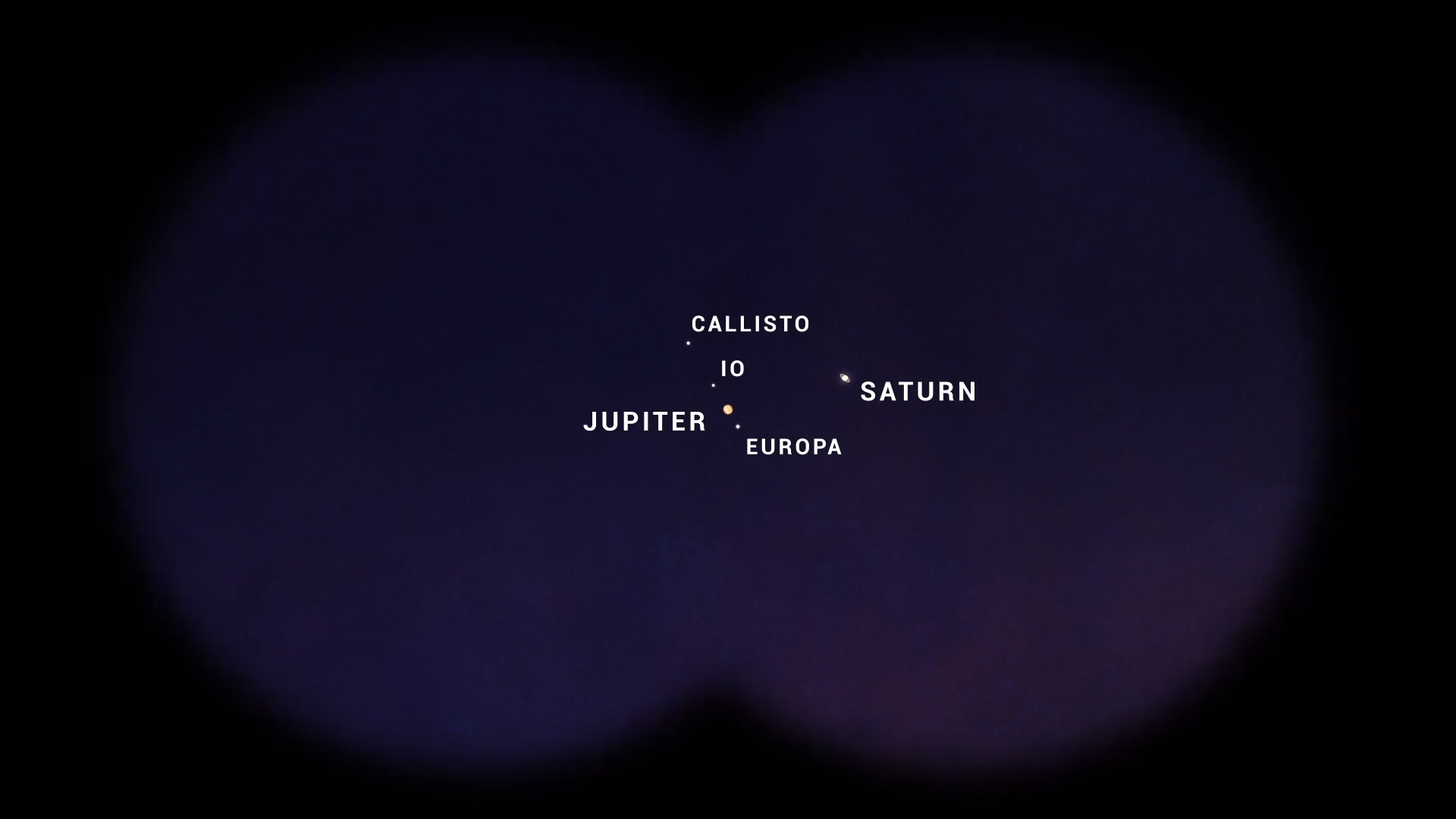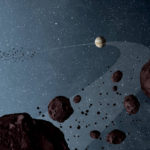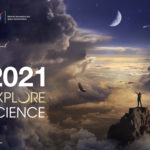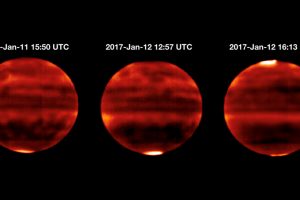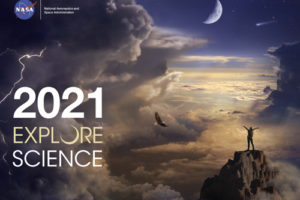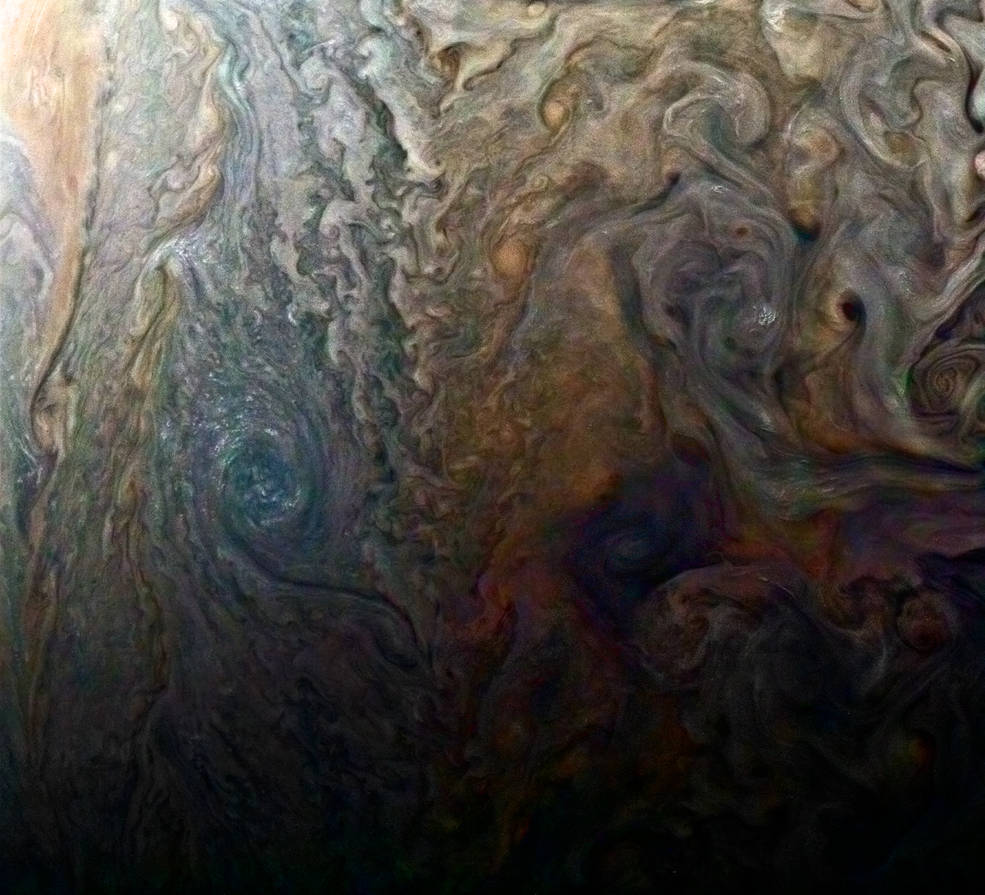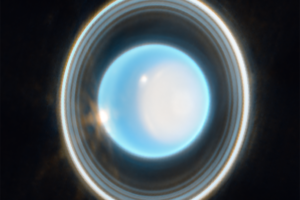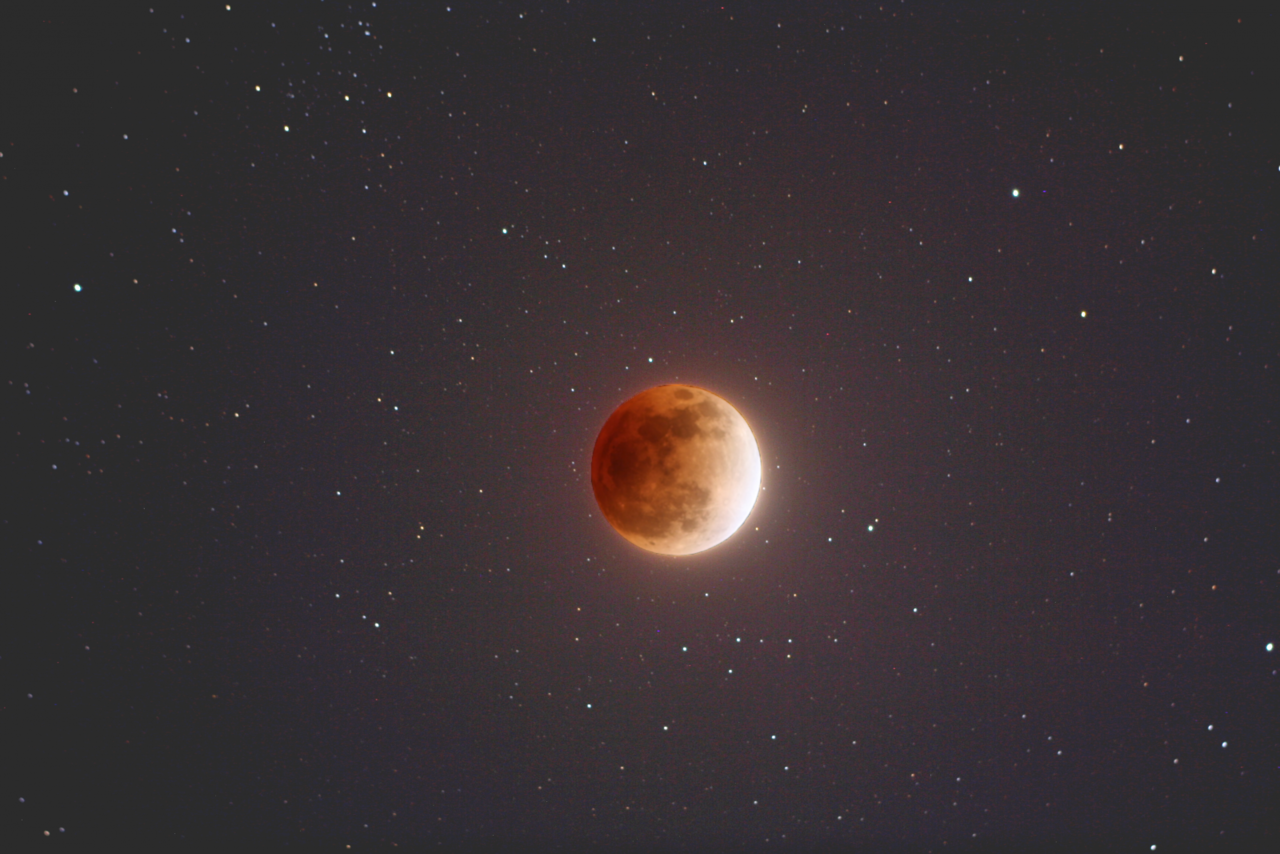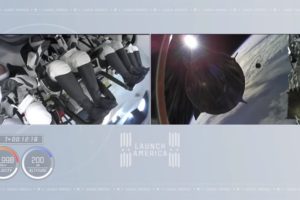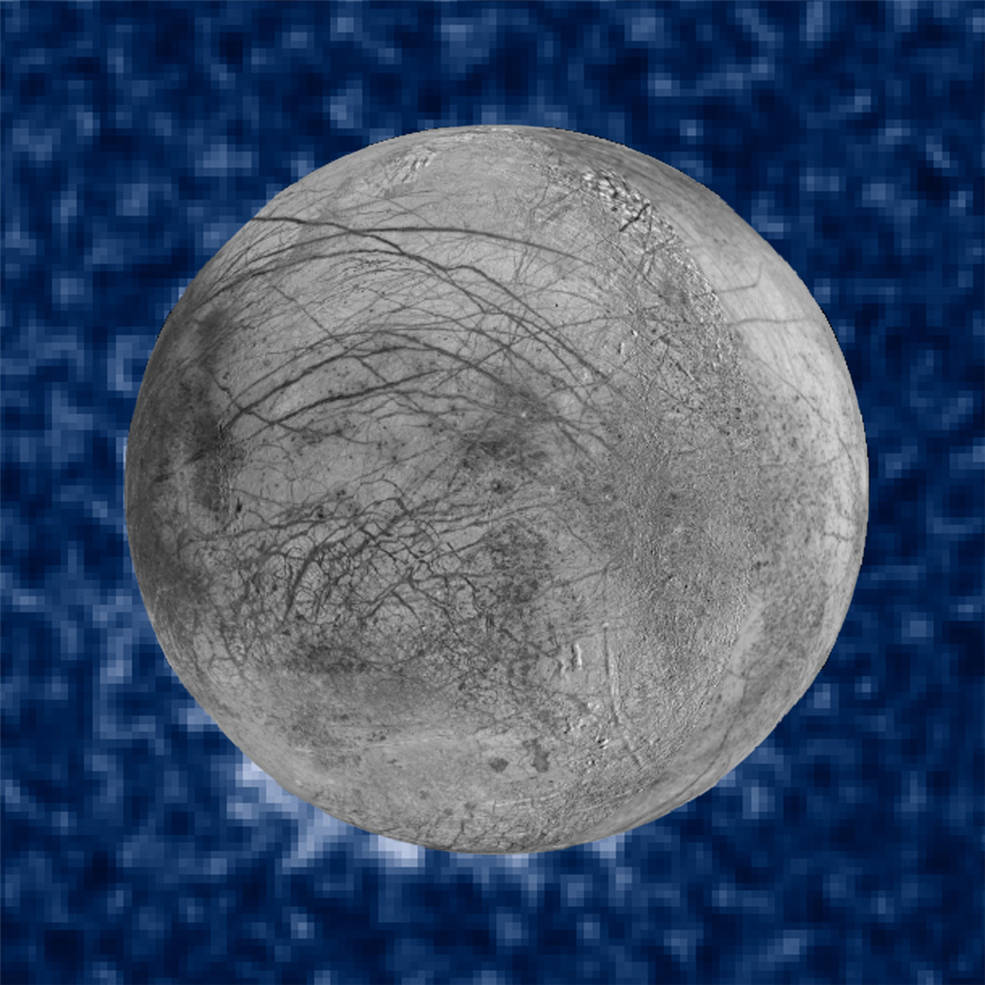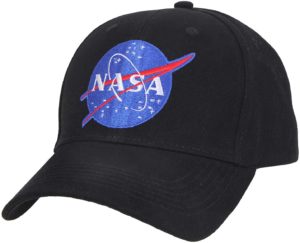日本では約400年ぶりと言われる土星と木星の超大接近が話題です。
しかし、アメリカでは国民性と言いますか、地球から見える見かけだけの接近にはあまり関心が無いようです。
アメリカの2020年12月は、ふたご座流星群の話題が中心です。
広いアメリカ各地のどこでいつ見るのが一番良いかが最大の関心事と言えます。
NASAの公式サイトでは今のところ土星と木星の超大接近についての掲載がありません。
土星にも木星にも直接探査機を飛ばして観測している国ですから...
そこで今回はNASAの姉妹サイトとJPLの動画で土星と木星の超大接近についてご紹介します。
サイトURLは以下ですが、きっと近いうちに別の記事に入れ替えられると思います。
https://solarsystem.nasa.gov/whats-up-skywatching-tips-from-nasa/
そこで以下に記事を転載し和訳と一緒にご紹介いたします。
What’s Up: Skywatching Tips from NASA
December Highlights
Meteors, an ultra-close pairing, and the solstice! Catch the Geminids, then see Jupiter and Saturn form a “double planet” on the December solstice, Dec. 21.
流星、惑星の超大接近、そして冬至!ふたご座流星群を眺め、12月21日の冬至に木星と土星が「二重惑星」を形成するのを観測しましょう。
What’s Up for December? A meteor shower, an extraordinary close meetup between Jupiter and Saturn, and the winter solstice.
12月に何が起きるかって?流星群、木星と土星の超大接近、そして冬至です。
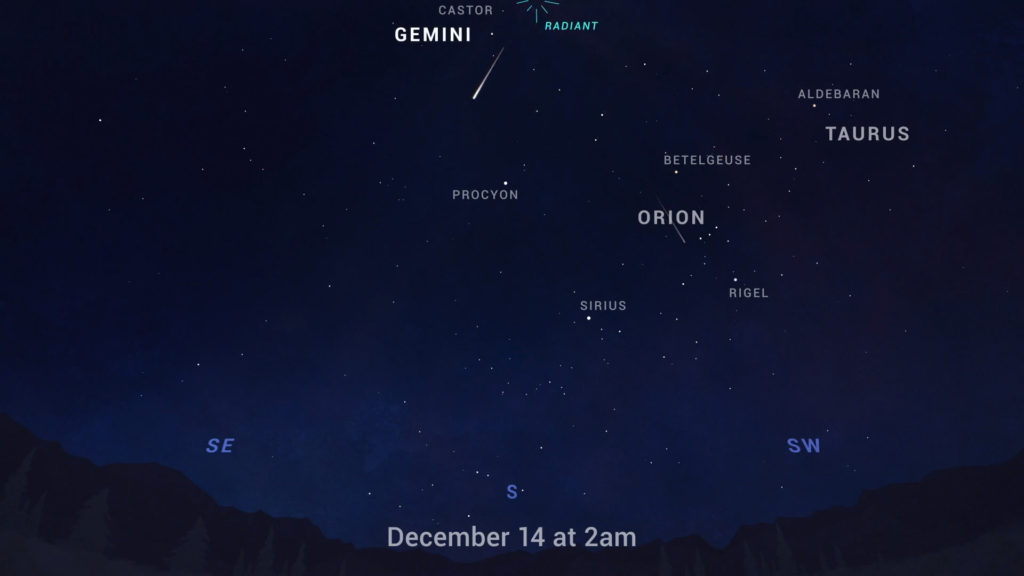
December brings one of the most reliable annual meteor showers – and one of the best in 2020: the Geminids. This shower is active from December 4th through the 17th, as Earth plows through the trail of dusty debris left behind in the orbit of asteroid 3200 Phaethon – which might actually be a burnt-out comet.
12月には、最も確実に見ることのできる毎年恒例の流星群の1つ、そして2020年の中でも最高の流星群の1つである、ふたご座流星群を観ることができます。この流星のシャワーは12月4日から17日まで観測可能で、地球は3,200もの小惑星の軌道に残留している細かな断片の中を通り抜け-それらが実際に流星となって燃え尽きるのです。
The Geminids produce a good number of meteors most years, but they’re made even better this year as the shower’s peak coincides with a nearly new moon. (Thus making for darker skies, with no moonlight to interfere with the fainter meteors.) The Geminids peak overnight on December 13th into the morning of the 14th, with some meteor activity visible in the days before and after. Viewing is good all night for the Northern Hemisphere, with activity peaking around 2 a.m. local time, and after midnight for viewers in the Southern Hemisphere.
ふたご座流星群は、ほとんどの年にかなりの数の流星を作り出しますが、今年は流星のシャワーのピークがほぼ新月と一致するため、さらに観測に適しています。 (夜空が暗くなるので、月明かりで暗い流星が見え難くなることが避けられるのです。)ふたご座流星群は、12月13日から14日の朝にかけての一晩がピークで、前後の日にも比較的多数の流星を観ることができます。北半球では一晩中観ることができますが現地時間の午前2時頃にピークに達し、南半球では深夜以降に観ることができます。
For the best viewing, find a safe location away from bright city lights, lie flat on the ground with your feet pointing south and look up. Meteors can appear in any part of the sky, though they’ll appear to radiate from near the constellation Gemini. So here’s wishing you clear skies to catch some shooting stars.
最もよく観るためには、明るい街の明かりから離れた安全な場所を見つけ、足を南に向けて地面に仰向けになって空を見上げます。流星は、ふたご座の近くから放射状に放射しているように見えますが、空のどの部分にも現れる可能性があります。より多くの流れ星を観ることができるように当日が晴天になることを願っています。
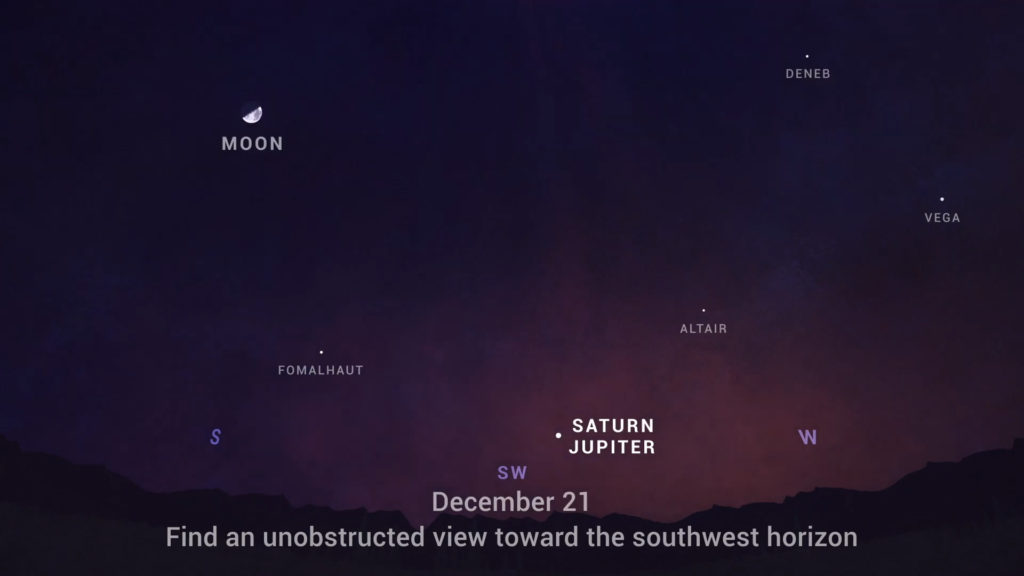
Jupiter and Saturn have been traveling across the sky together all year, but this month, get ready for them to really put on a show. Over the first three weeks of December, watch each evening as the two planets get closer in the sky than they’ve appeared in two decades. Look for them low in the southwest in the hour after sunset. And on December 21st, the two giant planets will appear just a tenth of a degree apart – that’s about the thickness of a dime held at arm’s length! This means the two planets and their moons will be visible in the same field of view through binoculars or a small telescope. In fact, Saturn will appear as close to Jupiter as some of Jupiter’s moons.
木星と土星は一年中一緒に宇宙空間を旅しているのですが、今月はまさに天体ショーを演じることになります。 12月の最初の3週間、2つの惑星が、ここ20年間の中でも最も近づくことになるので、毎晩見守ってみてください。日没後1時間で南西の低いところを探してみてください。そして12月21日に、2つの巨大な惑星はわずか10分の1度離れて現れます-それは10セント硬貨の厚さと同じくらいです!これは、2つの惑星とその衛星が、双眼鏡または小さな天体望遠鏡で観ると同じ視界に表われていることを意味します。実際、土星は木星のいくつかの衛星と同じくらい木星の近くに現れるでしょう。
This event is called a “great conjunction.” These occur every 20 years this century as the orbits of Earth, Jupiter, and Saturn periodically align making these two outer planets appear close together in our nighttime sky. Even so, this is the “greatest” great conjunction between Jupiter and Saturn for the next 60 years, with the two planets not appearing this close in the sky until 2080.
この大接近は「壮大な連結」と呼ばれます。これらは今世紀20年ごとに発生し、地球、木星、土星の軌道が定期的に整列して、これら2つの外側の惑星が夜間の空に接近して現れます。それでも、これは木星と土星の間の次の60年間の「最大の」素晴らしい連結であり、2つの惑星は2080年までこれほど近くに現れることはありません。
In the Northern hemisphere, the Sun travels its lowest, shortest path across the sky on that day. Thus, in the north, the winter solstice brings the shortest day of the year, in terms of hours of sunlight.
北半球では、太陽は冬至に最も低い高度を最短の経路を移動します。 したがって北部では冬至が日光の時間の点で一年で最も短い日となります。
Now the Sun’s changing height in the sky throughout the year is caused by Earth’s tilt as it orbits our local star. The tilt causes the amount of sunlight each hemisphere receives to go up and down in the annual cycle of the seasons.
現在、太陽が一年を通して空にみえる高さを変化させるのは、地球が太陽を周回するときの地球の傾きが原因です。 その傾きにより各半球が受ける日光の量が季節によって上下します。
Here are the phases of the Moon for December.
これが12月に観ることができる月の満ち欠けです。
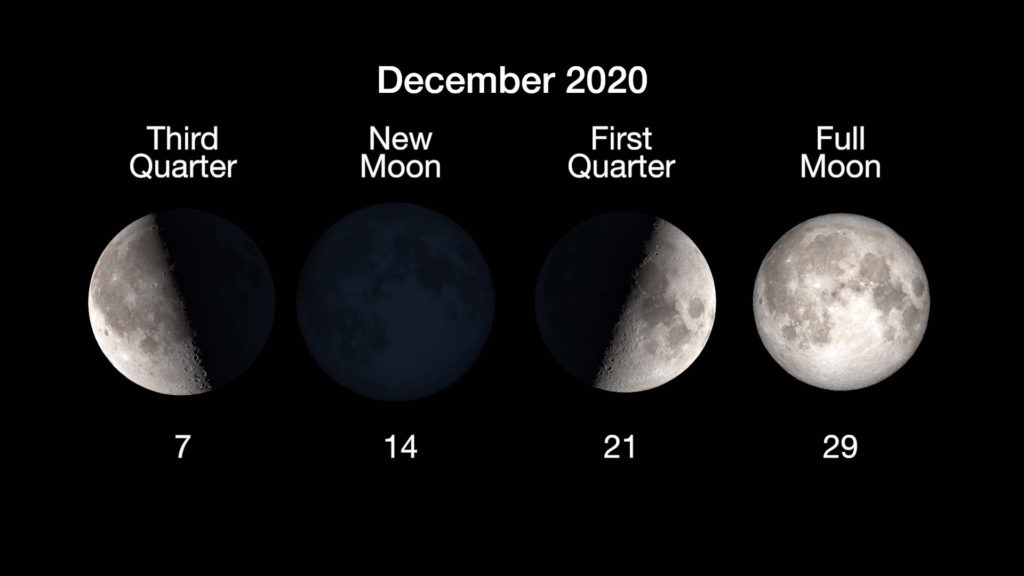
You can catch up on all of NASA’s missions to explore the solar system and beyond at nasa.gov. I’m Preston Dyches from NASA’s Jet Propulsion Laboratory, and that’s What’s Up for this month.
nasa.govのサイトで、太陽系と太陽系外を探索するNASAのすべてのミッションについて確認することができます。。私はNASAのジェット推進研究所のプレストン・ダイチです。今月宇宙で起きるトピックについて報告しました。
